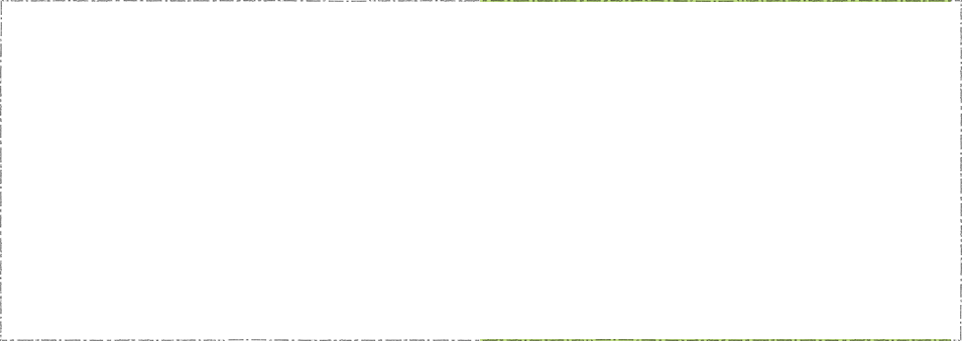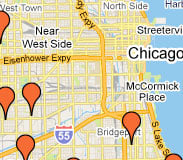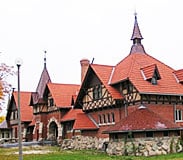Woodlawn began as farmland cultivated by a small population of Dutch settlers. Following the announcement that Jackson Park would host the 1893 Worlds Columbian Exposition, the population of Woodlawn exploded. Within a few short years, 20,000 men and women flocked to the South Side neighborhood. Large apartment complexes and hotels lined the streets and entrepreneurs brought new businesses and entertainment venues. The community became known for amusement parks, specialty stores, and beer gardens. The Tivoli Theatre was the largest movie theater in the city when it opened in 1921 and the Trianon Ballroom had a dance floor that could accommodate up to 3000 people.
Following the founding of the University of Chicago in 1890, Woodlawn became a desirable neighborhood for university professors and officials. Later, the southwest side of Woodlawn became an attractive destination for middle-class African-Americans. Local landlords and businessmen attempted to keep the neighborhood segregated by agreeing to restrictive covenants. The racial tension that existed in Woodlawn during this time became a recurring thread in the writings of James T. Farrell and in Lorraine Hansberrys Broadway play, A Raisin in the Sun. In 1940, the U.S. Supreme Court found one local covenant invalid and the demographics of the neighborhood began to change.
By the 1960s, Woodlawn had begun to deteriorate. Overcrowded housing facilities, slum landlords, under-achieving public schools, gangs, and unemployment became markers of the neighborhood. Concerned residents, civic leaders, and business owners organized a series of protests and accessed grant money to provide job training for high-risk individuals. Today the Woodlawn Organization, established in 1960, continues to address the housing, safety, employment, education, and advocacy issues of the community.







